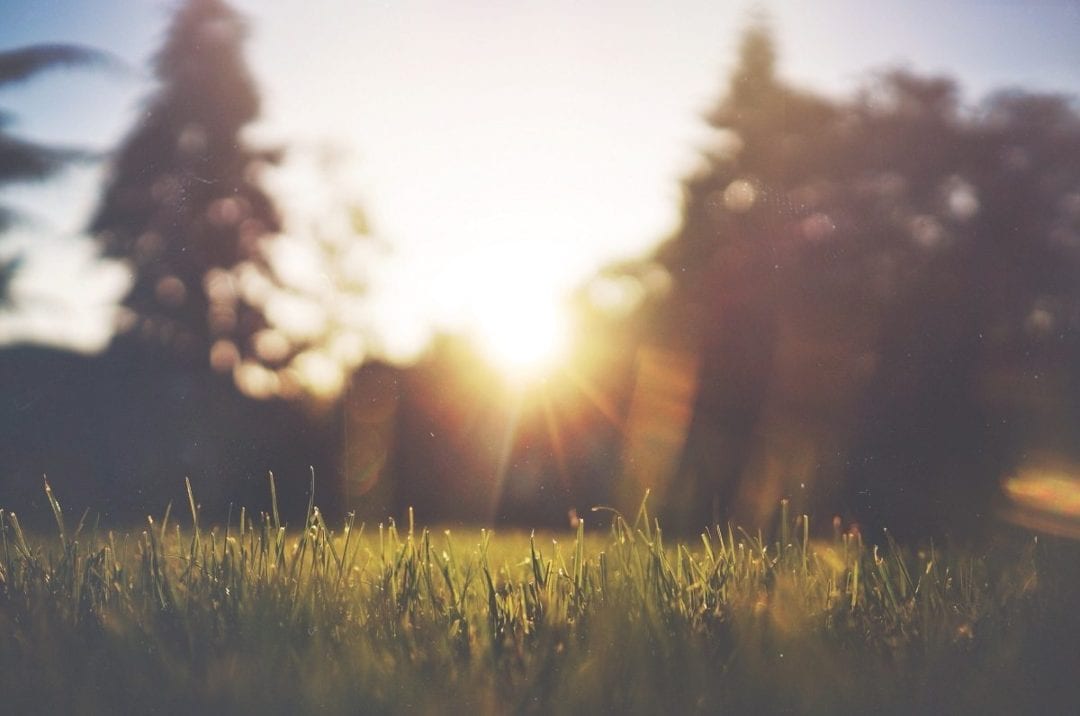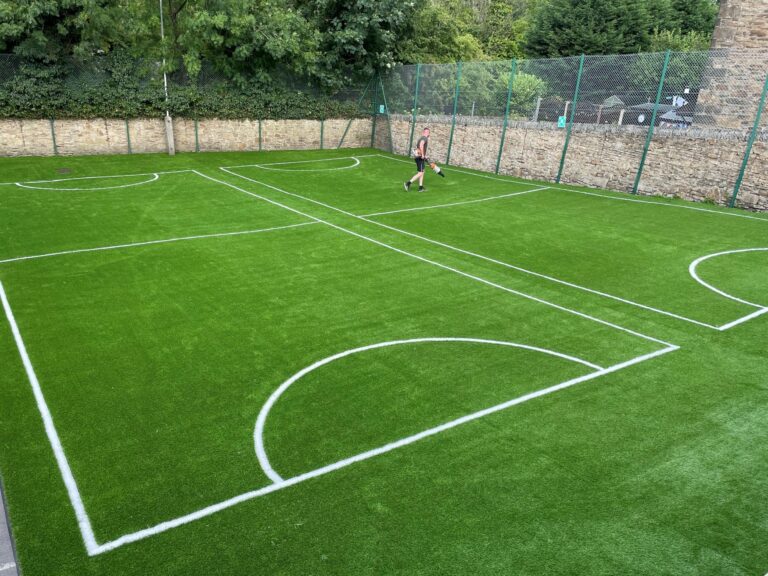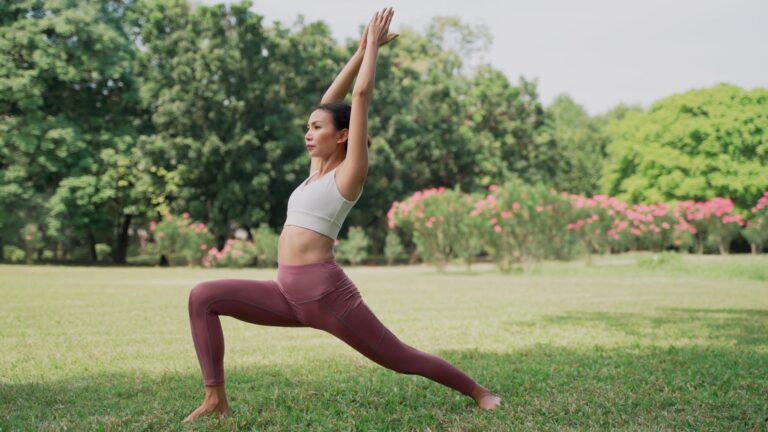If you’re new to artificial grass you may not be aware that temperature can play a factor in the installation process. A moderate temperature is best for installing artificial grass, it’s a bit of a goldilocks situation – not too hot and not too cold is best. If you find yourself in very cold or very hot weather you may experience ‘creases’ or ‘ripples’, but they’re nothing to be alarmed about. Here’s why:
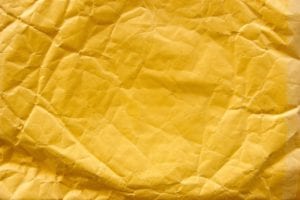
Cold
When it is very cold outside, the grass can feel stiff and unyielding, especially as it is generally stored in a roll outside or in a chilly warehouse. The grass may be a little more cumbersome to lay when this is the case, and due to storage there may be slight creases in the grass where the roll has been resting curled up. These creases should relax after the grass has had a chance to warm up under the sun and naturalise to the outside temperature. This may take longer during the winter when it is naturally very cold and the light is weaker.
(If the grass is frozen then we recommend letting it thaw before trying to lay it so that you do not inadvertently damage the fibres)
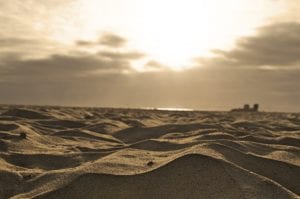
Hot
Very hot weather can also cause a bit of bother. Not least because of the sweating you’ve got to do with the installation! As per our installation method, grass is pinned down and secured so that it doesn’t shift and remains firmly on top of the installation base.
When it is warm the grass can expand causing slight ripples in the grass. These ripples should naturally contract back as the weather cools, so there isn’t extra slack in the installation.
(If the problem persists after a while them there may be a problem with the installation – you can check our method here or there has been a manufacturing error in the product)
What’s the science?
Everything is made of particles, and these particles naturally vibrate (though it is invisible to the eye). When heat is applied it increases the kinetic (movement) energy in the particles causing them to vibrate more. This then creates a greater space between the particles as the distance each particle vibrates increases, causing an object to expand.
When the heat leaves, the particles vibrate less, and so the space between particles lessens causing the object to contract back into its standard structure.
This is a very natural process that occurs on a daily basis but it usually invisible to the eye. Only when a big decrease or increase in temperature occurs is it visible in artificial grass.
Thanks for reading and I hope you found this useful and informative. If you have any questions about artificial grass or installation just contact your trade manager for advice. And if you think there might be a problem with your product then just contact your supplier – which is hopefully us!
